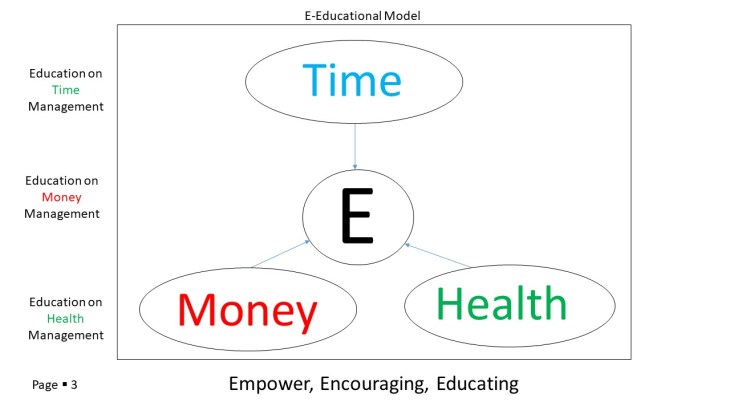
The researchers use time, money and health as the basic individual/family resources to education university community to rethink the resources and survive the pandemic period.

The researchers use time, money and health as the basic individual/family resources to education university community to rethink the resources and survive the pandemic period.
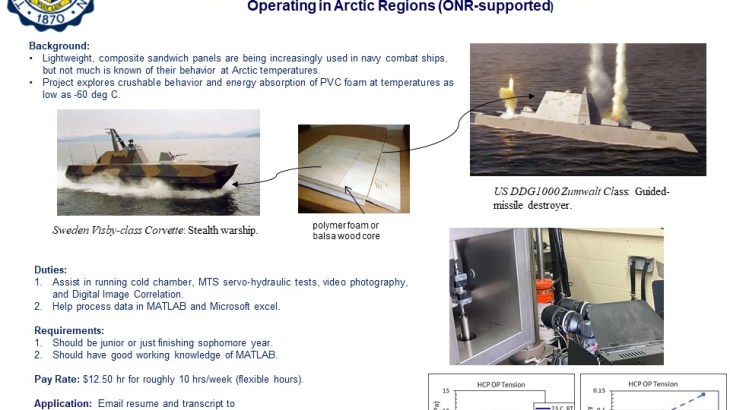
Lightweight, composite sandwich panels are being increasingly used in navy combat ships, but not much is known of their behavior at Arctic temperatures. Project explores crushable behavior and energy absorption of PVC foam at temperatures as low as -60 deg C.
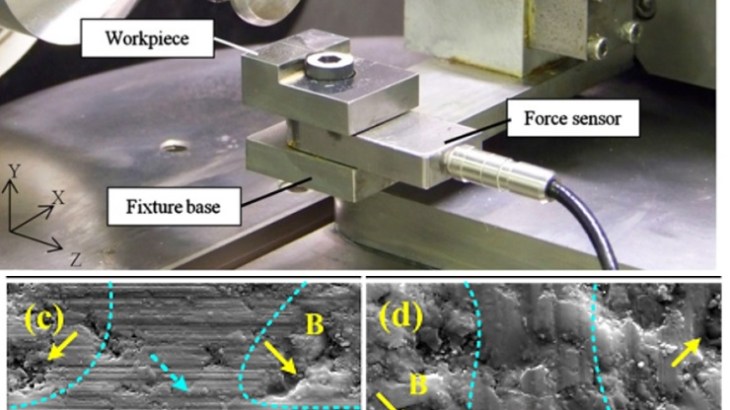
The grinding of brittle materials, such as ceramics, presents several unique challenges not found in the grinding of metals. Among these challenges are the use of diamond abrasives, the dressing of grinding wheels, a tendency towards higher specific energies, and the tendency of the workpiece to crack under grinding.

The aim of this local pilot-study is to further develop and qualitatively assess an educational gardening program for incarcerated women in Northeast Ohio. This is part of a larger project that started in Spring of 2019 and will continue until 2021.

This service-learning project will be conducted by The University of Akron coordinators of Service-Learning and will work with the local Enterprise branch and local United Ways.
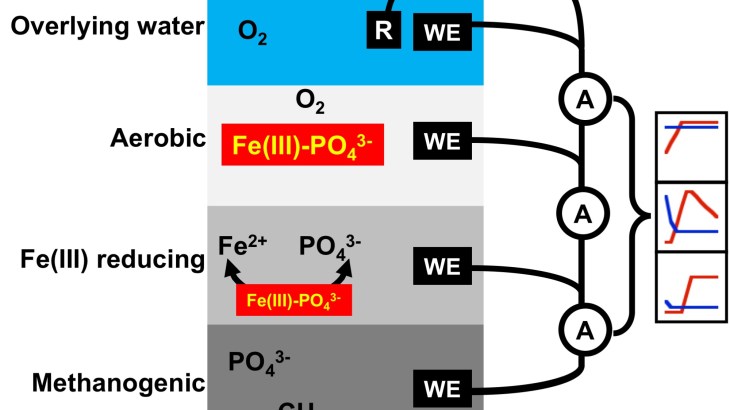
Release of phosphate-P immobilized in benthic sediments poses a remnant threat to induce harmful algal blooms (HAB) despite adequate management of external loads of phosphate. This process, referred to as internal loading of P, is induced by microbially mediated alternations of sediment and porewater chemistry and bacteria that “breath” iron are mostly responsible for controlling the release of P from sediments. We have developed an electrochemical split-chamber zero resistance ammetry (SC-ZRA) technique that we can use to detect microbiological activities.
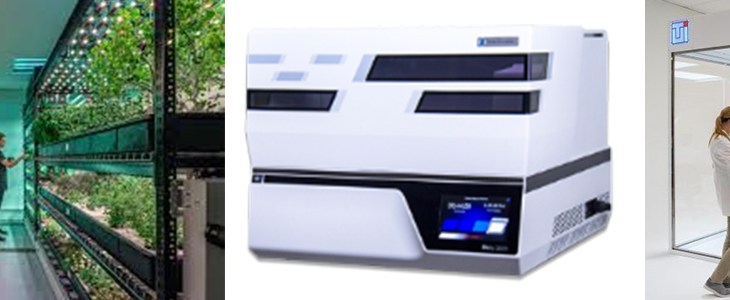
This project entails developing plant based vaccines using smart genomics. Vaccines are essential for protecting all segments of the civilian population from pandemic influenza to other emerging infectious diseases.
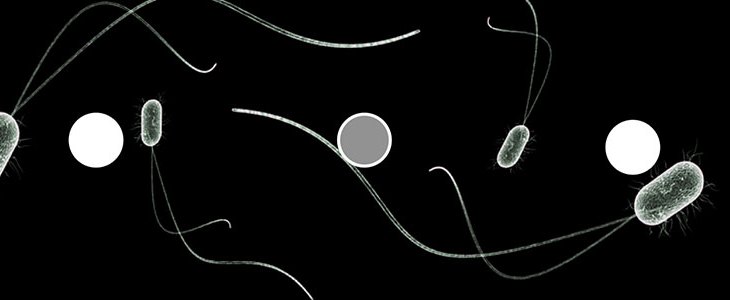
The project consists of designing and fabricating photo-programmable microstructures consist of microfluidic ecosystem and interacting biological species. The biohybrid system exploits power, sensing and navigation of the biological components and the sensivity of the photo-active parts to tune the dynamics of species within the micro-ecosystem.
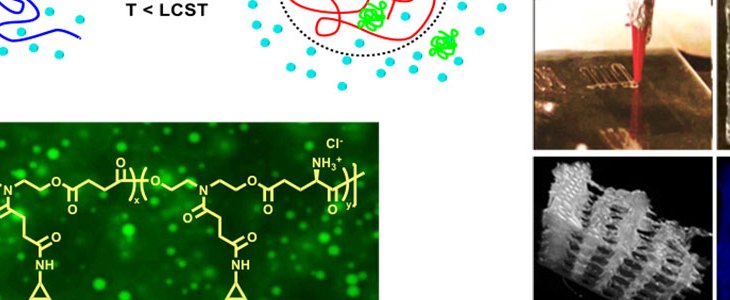
The Joy Lab has developed a platform of polyesters and polyurethanes that are being utilized for the incorporation and sustained delivery of therapeutics. The undergraduate student working on the project will work specifically towards the synthesis of the polymers, incorporation of the therapeutic within the polymer and analyze the release kinetics. The student will gain experience in synthesis and characterization of polymers and in the analysis and interpretation of experimental data.
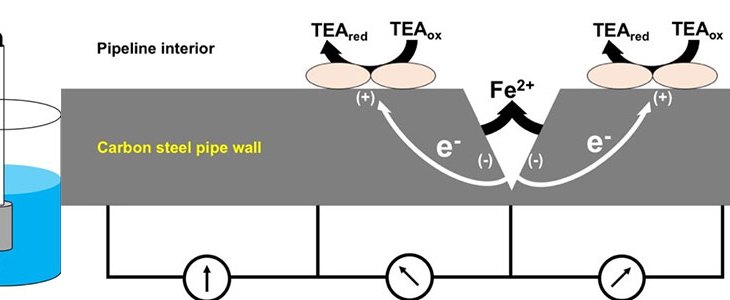
There are over 300,000 miles of natural gas transmission pipeline in the US (Pipeline 101 see web addresses; P&GJ paper 2016). To meet the growing need to transport shale gas in the US, approximately 3,400 miles of new gas pipeline were constructed in 2015-2017 (ferc.gov), and that trend is likely to continue, as the US continues to develop as a major natural gas and petroleum exporter.
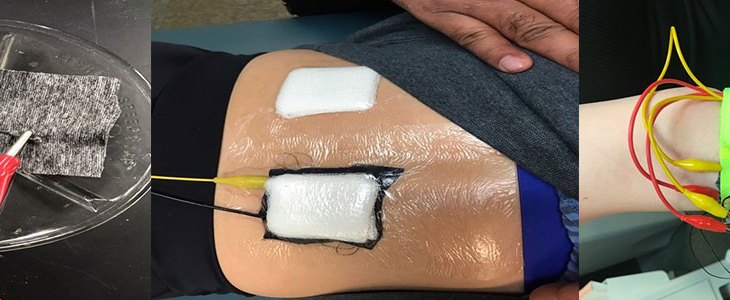
Our team has developed flexible, lightweight fabric materials that can selectively determine physiological information from sweat forming on the surface of the skin. The technology is the first lightweight fabric sensor to provide real-time information regarding hydration levels during exercise or training through selective determination of sodium ion levels.
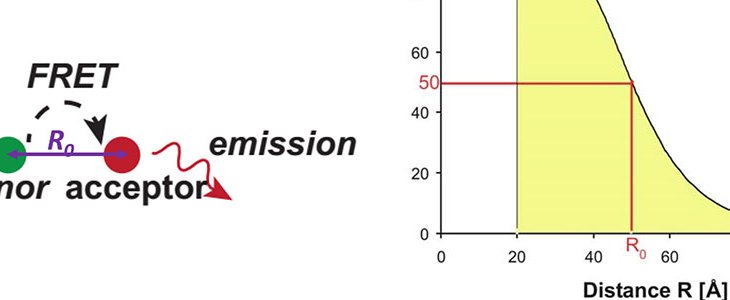
The formation of polymer networks inevitably introduces topological defects, such as loops. While these defects undermine the mechanical properties of the materials, they could also bring opportunities for the design of new materials.
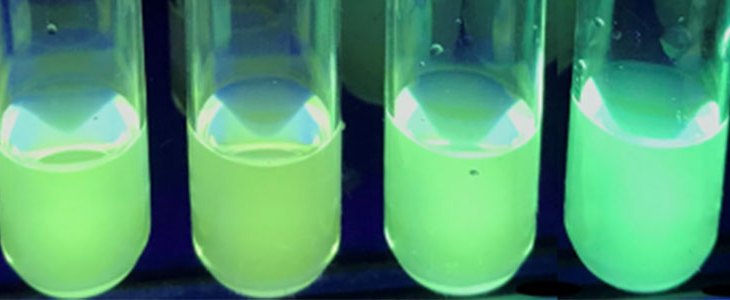
Controlling and measuring the intermolecular distance in supramolecular structures are important as well as challenaging. To achive both at the same time, we are chemically incorporating an aggregation-induced emission (AIE) luminophore into a charged macromoleculre, which can self-assemble into stable supramolecular structures of different intermolecular distances through the careful regulation of the physical interactions between the building blocks.
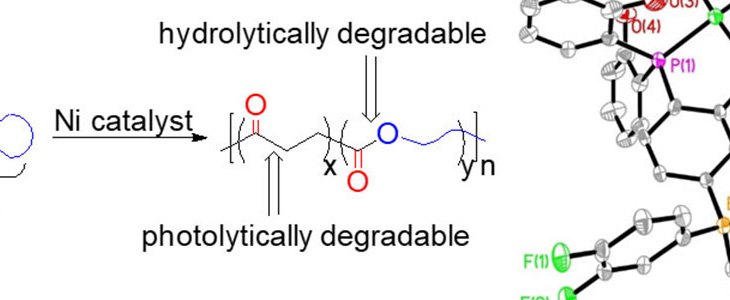
“White pollution” is a problem of massive scale. To replace the current nondegradable commodity plastics with degradable plastics, a key challenge is that the new raw materials must be readily available at costs comparable to current monomers such as ethylene and propylene. Low-carbon footprint is highly desirable for these raw materials in order to achieve overall environmental sustainability.
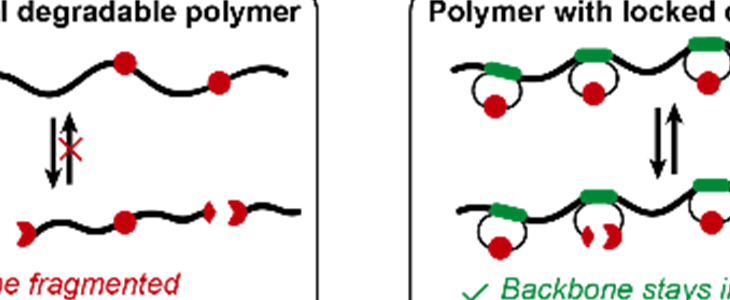
Synthetic degradable polymers are of pivotal importance for recycling and sustainability. While the degradability allows polymers to be recycled, it can also cause stability issue, which impairs the storage and functioning of materials.
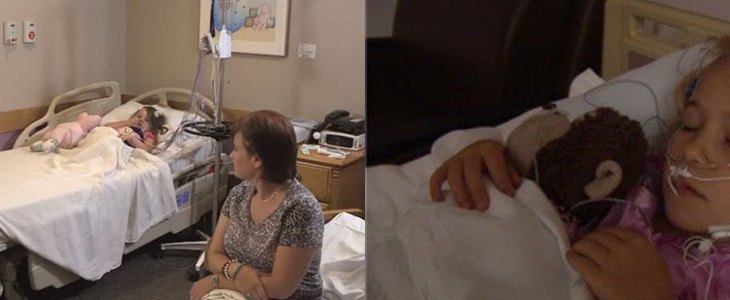
This project involves current work with Akron Children’s Hospital (ACH), and entails finding new and cost-effective ways of diagnosing pediatric sleep apnea using new tools such as low-cost Arduino micro-processors, new low-cost sensors, wireless technology, advanced signal procssing algorithms such Wavelets, etc. Selected students will work within a research group and may be onboarded at ACH so that they can help in clinical tests at the hospital.
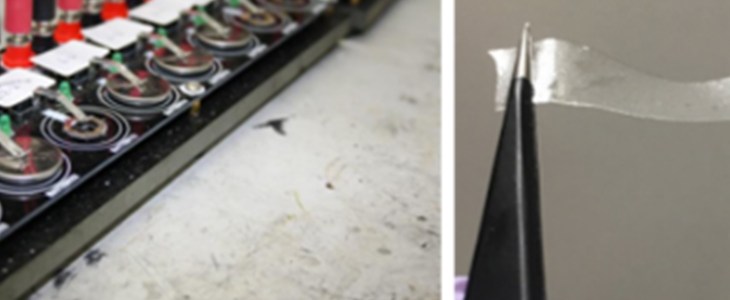
The project will focus on the 3D printed polymer electrolyte and related lithium ion battery components.
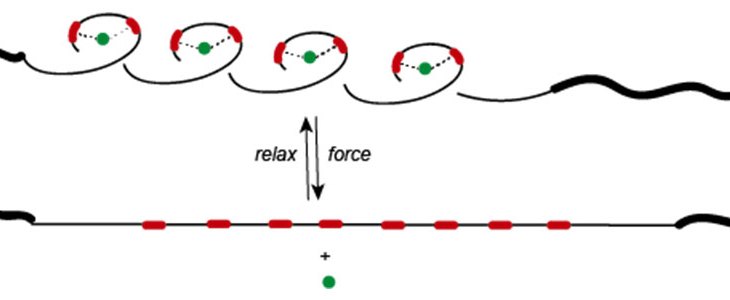
Mechanical stress is ubiquitously present in materials and biological systems, and the force-induced bond scission and materials failure have been extensively studied. In recent years, utilizing mechanical force to do targeted and constructive chemistry, largely fueled by the concept of mechanophore, i.e., stress-responsive moiety, has become a new trend.
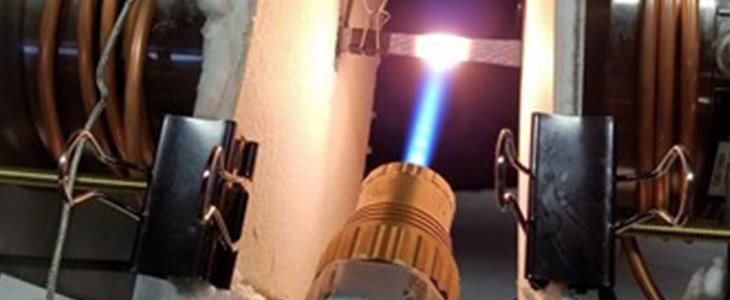
There are a variety of material and testing concepts being pursued for high temperature, extreme environments with stress for a number of advanced materials (high temperature ceramic composites and coatings) research projects.